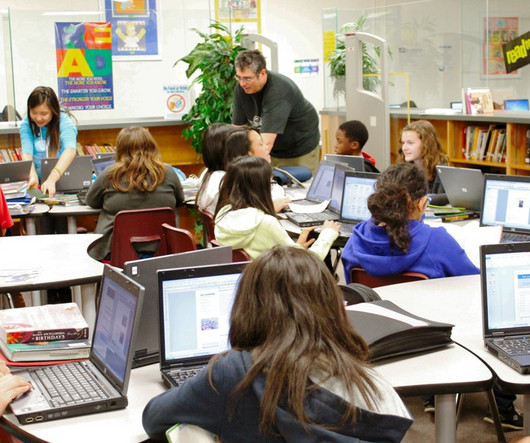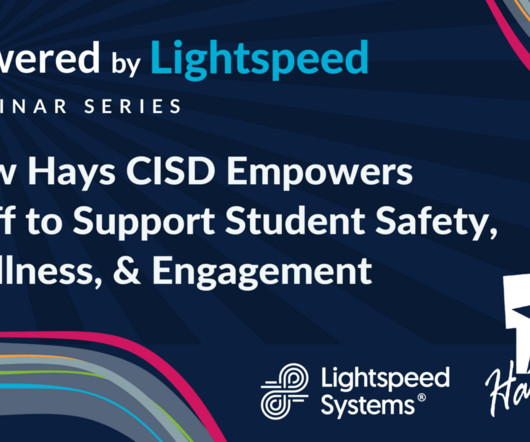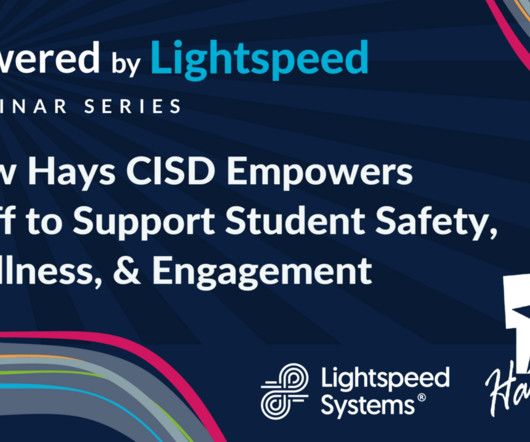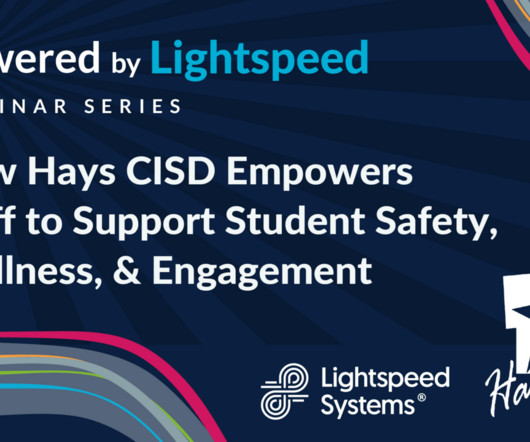E-rate funding supports essential learning at a critical time, survey finds
eSchool News
NOVEMBER 4, 2024
The 14th annual E-rate Trends Report reveals the current successes and challenges of the E-rate program and evaluates how the program can most effectively support schools and libraries. “The E-rate program is crucial for modern education. “The E-rate program is crucial for modern education.


























Let's personalize your content